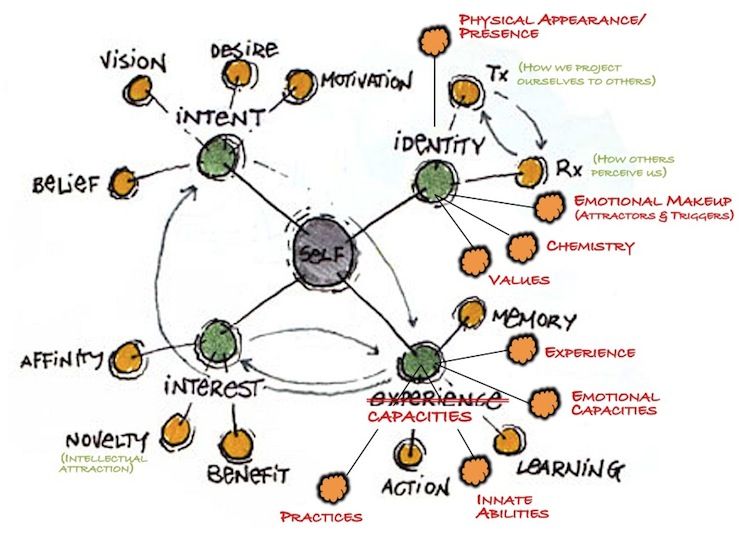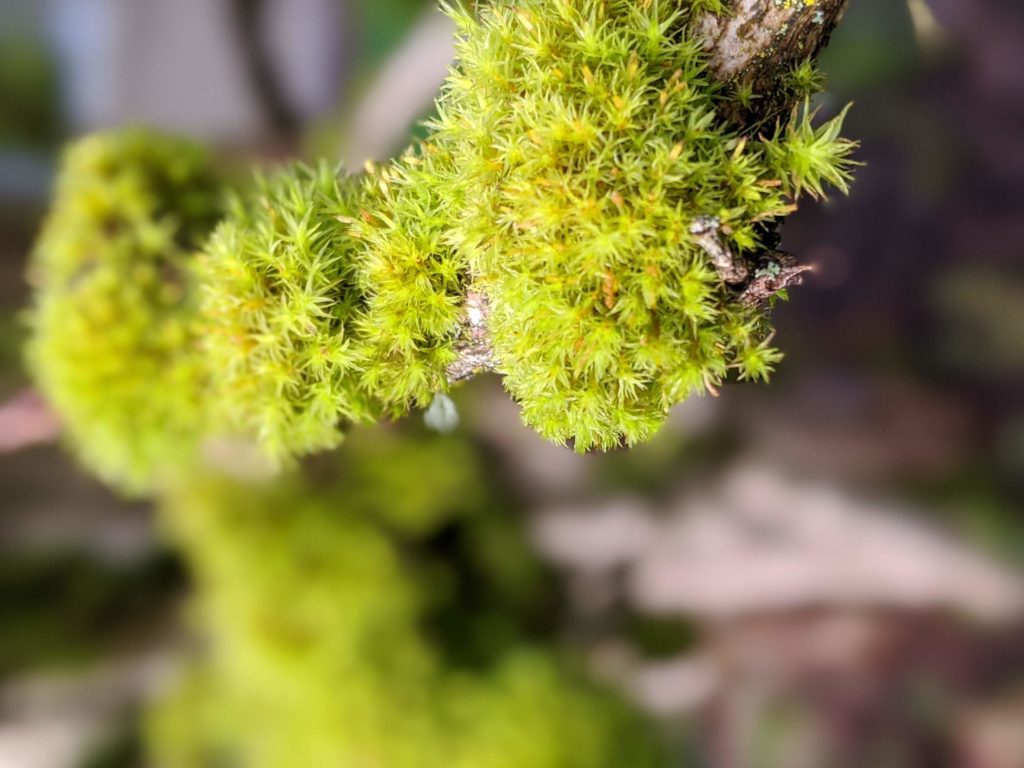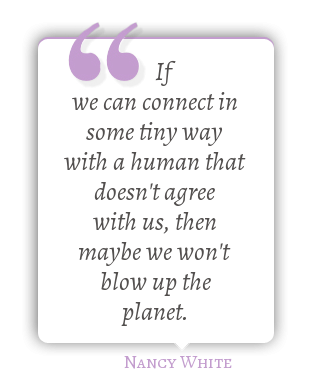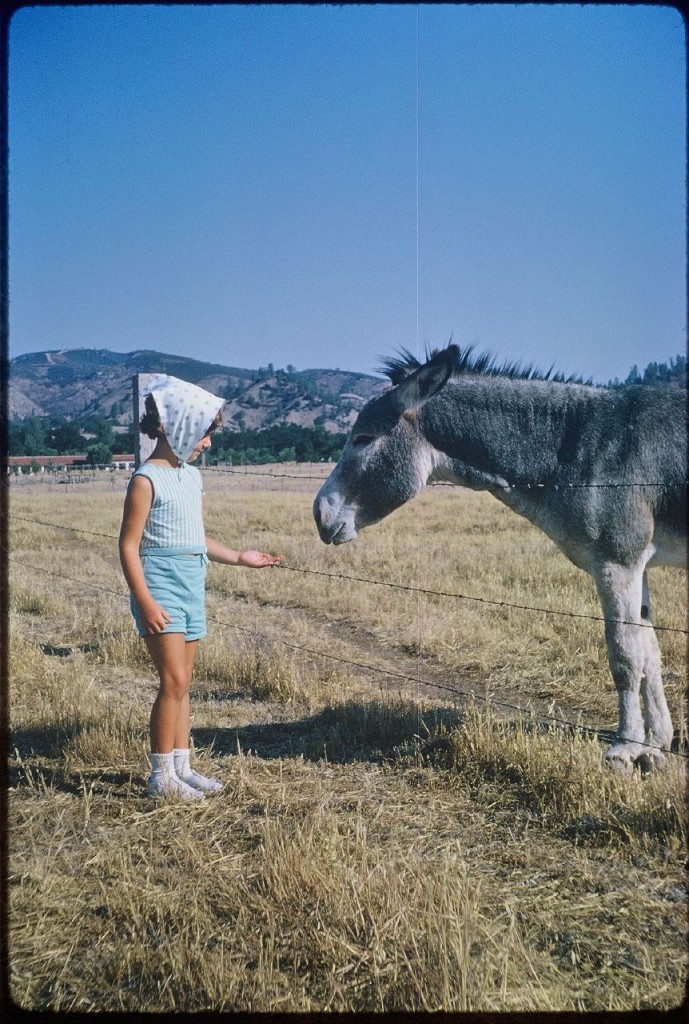Dave’s thinking and writing is pretty damned evergreen. I’ll leave this here for your consideration!
———————-
A Model of Identity and Community « how to save the world.
So as Aaron explains, where there are strong ‘overlaps’ between these aspects of self among members of a group, that group will emerge to be a community (note the names applied to these four types of community below are mine, not Aaron’s):
If the overlap is mainly common interests, it will emerge as a Community of Interest. Learning and recreational communities are often of this type.
If the overlap is mainly common capacities, it will emerge as a Community of Practice. Co-workers, collaborators and alumni are often of this type.
If the overlap is mainly common intent, it will emerge as a Movement. Project teams, ecovillages and activist groups are often of this type.
If the overlap is mainly common identity, it will emerge as a Tribe. Partnerships, love/family relationships, gangs and cohabitants are often of this type.



